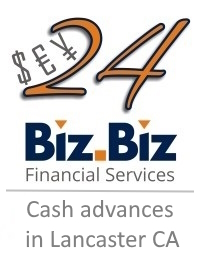Explaining Credit Card Rates
There are various credit card rates. The annual percentage rate or APR is an assessment of the credit cost defined as an annual rate. Credit companies handle APR differently from each other. They may charge APR for purchases or cash advances or for balance transfers. Some cards hike up the APR if the payment is late. The interest rate is an assessment of the credit cost defined as a percent. For variable-rate credit cards, the interest rate is connected to another interest rate like the prime rate or the Treasury bill rate. If the other rate fluctuates, the one on the card will too.
The interest rate on fixed credit cards may not be connected to other rates, but the rate can change as time passes. The card company has to let you know before the rate changes. Then there's the tiered interest rate which is when different rates apply to different levels of the outstanding balance.
The interest rate with variable rate cards is determined by an index. Many indexes are in the money or business section of newspapers. These include Prime rate, One-month Treasury bill rate, Three-month Treasury bill rate, Six-month Treasury bill rate, One-year Treasury bill rate, Federal funds rate and Federal Reserve discount rate.
Other credit card rates include the penalty rate. This rate happens in certain situations as determined by the credit card issuer. For instance, if you have two late payments in a six month period, the company might raise the interest rate. The periodic rate is the rate charged every billing period. For many credit cards, this rate is a monthly rate, formulated by dividing the APR by twelve. Before applying for cards, always compare the different credit card rates. For more information, study rates in magazines, newspapers, and on the Internet.
